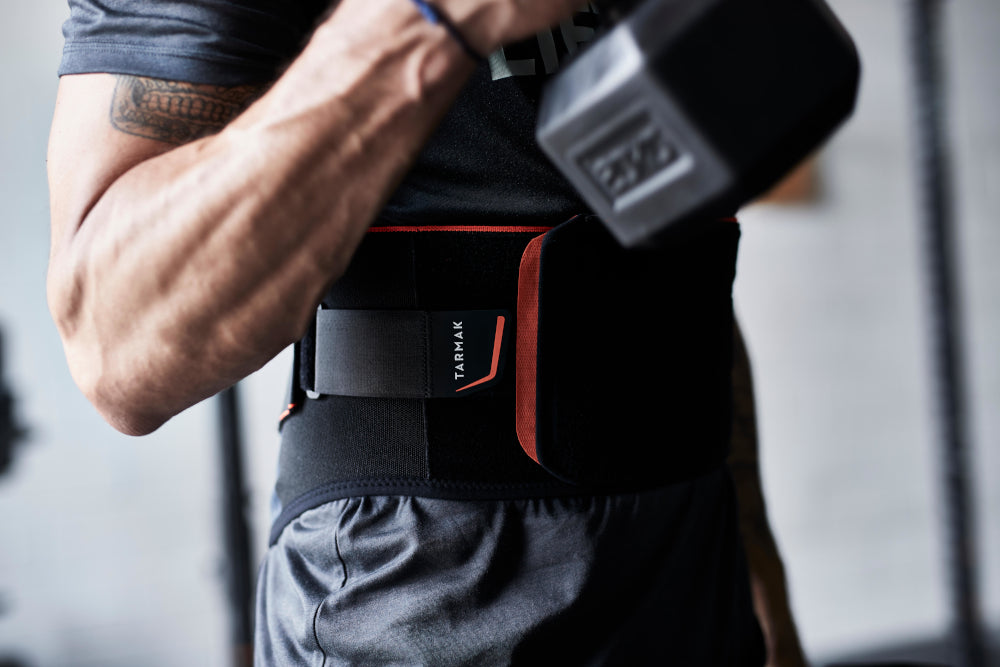A recap about proteins
A protein is a molecule made up of a long chain of amino acids (more than 100). They include essential and non-essential amino acids. Essential amino acids are needed by the body and can only be found in food. Non-essential amino acids can be made by the body itself.
A protein containing less than 100 amino acids is called a polypeptide, and if it contains less than 10 amino acids, it is called a peptide.
During digestion, the proteins are cut up to become peptides that can be assimilated by special transporters. Amino acids don’t have special transporters to absorb them though, so they are assimilated much less quickly than peptides. This is why it’s not recommended to take amino acids on their own.
What are the processes for making proteins?
Protein concentration
Protein concentrate comes from a technique called ultrafiltration. This technique, when performed cold, does not alter the protein because the milk is not heated. This method consists of using membranes containing microscopic holes to retain the proteins and let the rest, i.e., water, sugars, fats and minerals, pass through. The protein powder obtained by this technique contains around 80% protein.
Protein isolate
• Microfiltration technique: this is a mechanical technique. We use the same process as for protein concentrates, but the pores of the membranes are even smaller (0.1 to 10 mg). The protein is thus more purified and can reach 95% concentration. This is the least aggressive technique, and the protein retains its biological properties. The only downside of this type of protein is its price, as the process is expensive.
• Ion exchange technique: This is a concentration and purification process using ion exchange columns. This technique requires the use of chemical elements, such as chloridic acid, to extract only the useful protein. It is an aggressive treatment that removes all lactose, fats and impurities, but the quality of the protein is slightly impaired.
The protein powder obtained by this technique contains around 90% protein.
Protein hydrolysate
This technique starts from a protein concentrate or isolate that will undergo hydrolysis, which amounts to digesting the protein chemically to allow the protein to be assimilated very quickly. This means that casein hydrolysate is comparable to whey hydrolysate in terms of speed of digestion. The drawback of this technique is that it produces a bitter taste.
What are the different products?
1. Gainers: these are mixtures of proteins and carbohydrates. The goal of this product is to provide a large number of calories to promote weight gain.
2. Whey protein: this is a milk protein, also called whey. It makes up 20% of milk proteins. This protein is easily digested and has a high content of branched-chain amino acids. It is rapidly assimilated. It has a somewhat anabolic effect. This includes:
3. Casein: this is the other component of milk, and makes up 80% of milk protein. Casein is a slow-assimilation protein. It has a somewhat anticatabolic effect.
4. Plant proteins: these are the main type of proteins used by vegetarians or vegans. They are anticatabolic proteins.
5. Amino acids: They are absorbed relatively quickly, which gives them the property of being slightly anabolic. However, this property remains very weak.
6. Branched-chain amino acids (BCAA): They optimize recovery and muscle mass gain as BCAAs are used during exercise.
















